Research Highlight #2
Hidden Planets: Implications from 'Oumuamua and DSHARP
(Rice & Laughlin 2019, ApJL 844, L22)
Astrobites | Yale News | New York Times | Scientific American | CNN | PBS NOVA | Inverse | Discover Magazine | The Wire | Inside Science | space.com | phys.org
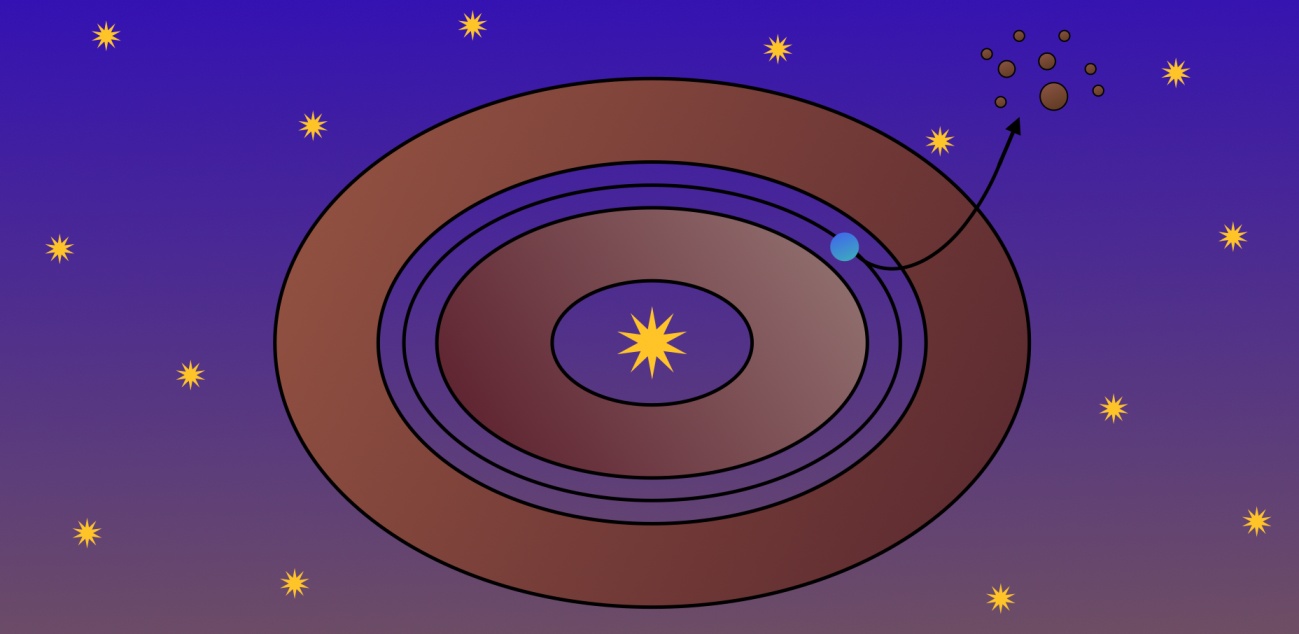
The October 2017 discovery of the first interstellar interloper, 'Oumuamua, sent ripples through the field of astronomy. Where did 'Oumuamua come from? How common are these objects? Will we be seeing more of them in the coming years? In this Letter, we address these questions using constraints from a neighboring subfield of exoplanetary science: protoplanetary disks.
Once they have formed in a planetary system, giant planets may eject planetesimals from their circumstellar systems via gravitational interactions. In this way, planets can push material out of their systems and into interstellar space, creating a population of free-floating planetesimals such as, perhaps, 'Oumuamua.
However, not all planets are capable of efficiently conducting these gravitational assists. In particular, the most efficient planetesimal ejectors are relatively massive, long-period planets. These types of planets are heavily disfavored by the detection biases of the transit exoplanet detection method, as well as the limited observational baselines covered by the radial velocity exoplanet detection method. As a result, the vast majority of the 4000+ currently confirmed exoplanets cannot efficiently eject surrounding debris in their systems.
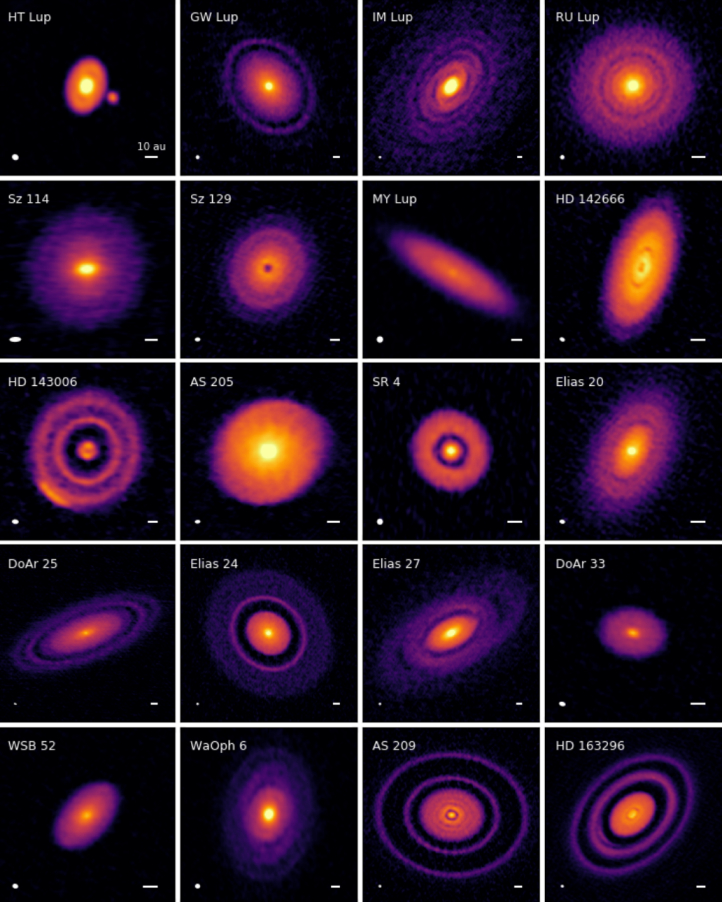
Figure 1: The twenty high-resolution protoplanetary disk images in the DSHARP sample, displayed in 1.25 mm continuum emission (Andrews+ 2018).
Recently, the Disk Substructures at High Angular Resolution Project (DSHARP) returned 20 high-resolution images of protoplanetary disks displaying a ubiquity of substructures. Axisymmetric rings and gaps were found to be the most common type of substructure. Furthermore, the types of planets thought to carve out these gaps — Neptune+ mass planets at large semimajor axis — are exactly the kind capable of producing the interstellar object population implied by 'Oumuamua.
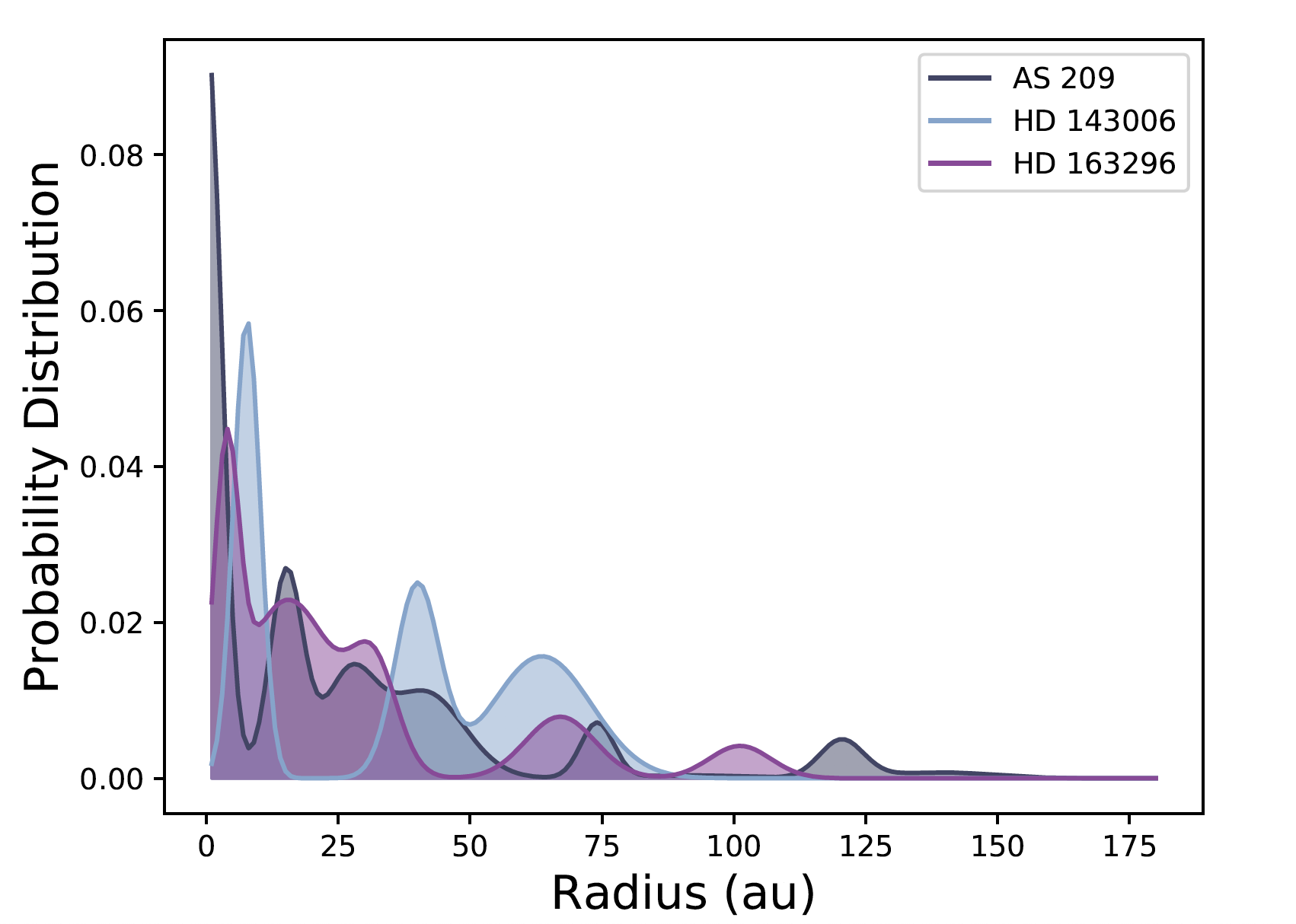
Figure 2: Radial dust distributions of the three DSHARP disks simulated in this work.
We simulated the axisymmetric dust distributions of three sample DSHARP disks (above) — AS 209, HD 143006, and HD 163296 — and their best-fitting planetary companions from Zhang+ 2018 in order to characterize the mass of rocky material ejected from each system over time.
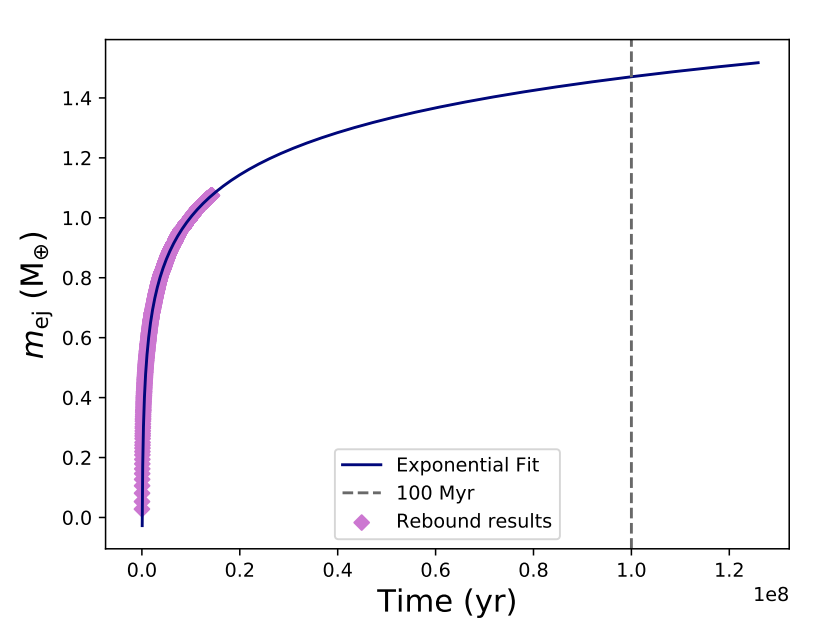
Figure 3: Average mm-sized mass ejected from each of the three DSHARP disks simulated in this work.
The ejected mass of mm-sized material is shown above, with an exponential fit extrapolating our simulation results to a later time. Combining this result with the number density of free-floating interstellar objects implied by 'Oumuamua, we determined the corresponding power law size-frequency distributions consistent with 'Oumuamua's detection.
Using these predicted interstellar object size distributions, we then determined the expected detection rates for various size regimes of interstellar objects with the Legacy Survey of Space and Time (LSST). Our results are provided below. Ultimately, we found that, if 'Oumuamua was representative of an isotropic background population ejected from DSHARP-like protoplanetary disks, LSST should find a few 'Oumuamua-sized interstellar objects per year, as well as up to hundreds of smaller interstellar objects with r>1 m.
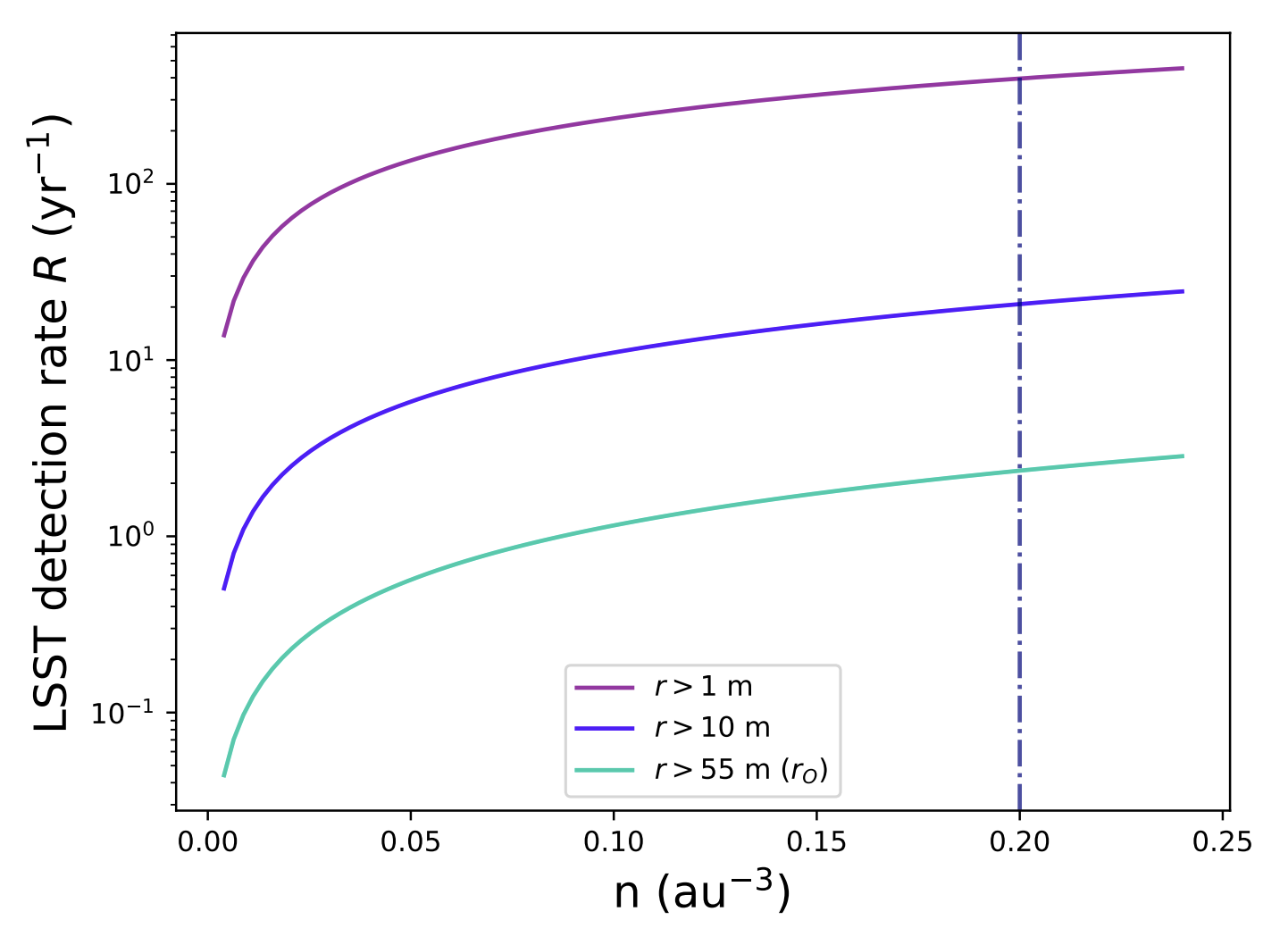
Figure 4: Detection rates by LSST for different size regimes of ISOs, with the Do+ 2018 number density denoted by a dot-dashed line. We assumed a single-frame limiting magnitude m~24.